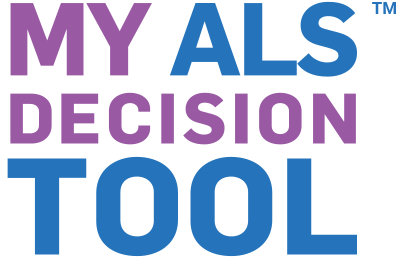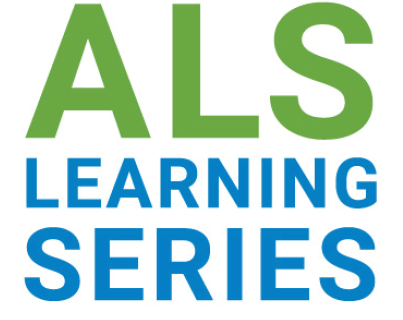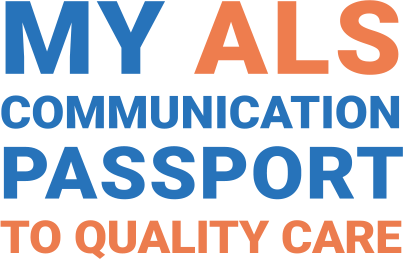ALS & Mobility
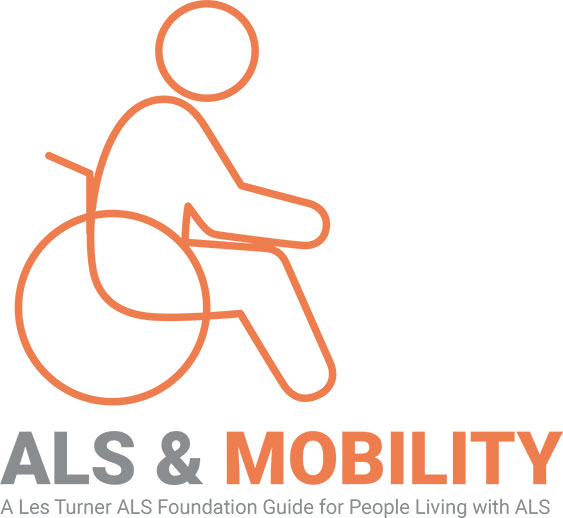
How ALS affects mobility
We created this guide to help you navigate changes that may occur due to ALS. In this guide you will find information on durable medical equipment (DME).
This equipment will allow you to get around your home and out in the community. This guide is just a general place to start. If you have any questions, please contact your ALS care team.
Aids for walking
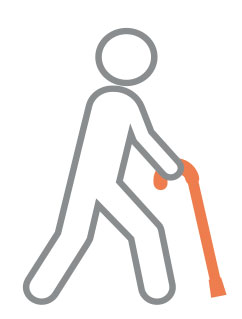
A straight cane helps provide balance and stability. Using a cane might also prevent people from bumping into you.

A Rollator walker has 4 wheels, hand brakes, and a seat. It is a good choice for a person with leg weakness and/or poor endurance. This also allows a person to sit and rest when needed.
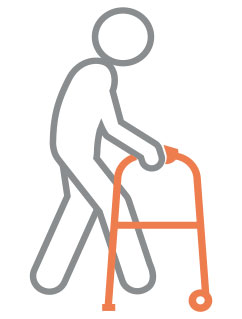
A front-wheel walker is lightweight and folds up. These walkers can be easily picked up and carried. Back gliders or tennis balls can be added for easier mobility. Platforms can be added for arm support if you have hand weakness.

Standard folding walkers have no wheels. The walkers can be adapted with either 5” non-swivel wheels or 3” swivel wheels. You can also add back gliders to make pushing a folding walker easier.

What are the symptoms of mobility weakness?
Muscle weakness
Muscle fatigue
Difficulty walking
Slow movements
There are many things to consider in making a selection for a walker.
These include overall stability, width, and height. Also consider the type of hand brake system if brakes are required. You can also attach baskets and other accessories to your walker.
Leg braces
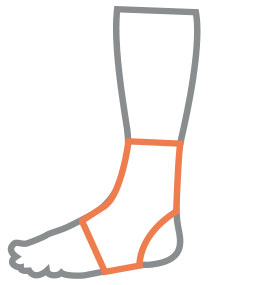
Wheelchairs
What to think about before getting a wheelchair
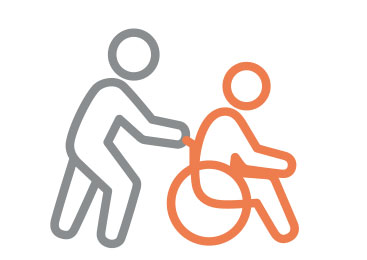
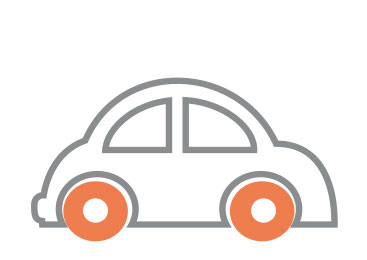
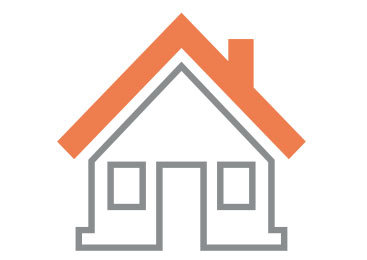

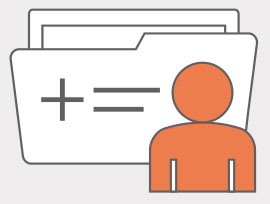
Insurance coverage for wheelchairs
Check your health insurance policy to find out if durable medical equipment (DME) is covered. You can also work with a local DME provider recommended by your ALS care team.
A power wheelchair, needed for independence and weight-shifting, is usually priced at $25,000 or more.
Most insurance policies will cover only one wheelchair every 5 years. It is recommended to use insurance for a power/electric wheelchair.
Financial assistance or equipment loans may be available through Team Gleason, the Les Turner ALS Foundation or the ALS Association.



Pressure relief cushions are important in preventing pressure sores if you cannot shift your weight. Pressure relief means moving your body when sitting or lying down to allow your blood to move throughout your body.
Talk to your ALS care team to learn more about pressure relief.
Independent weight-shifting is important to decrease the risk of pressure sores. Various features are available for these chairs. The chair should be custom-fitted and requires a prescription from your physician.
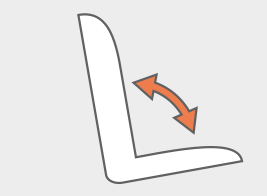




Transportation Options


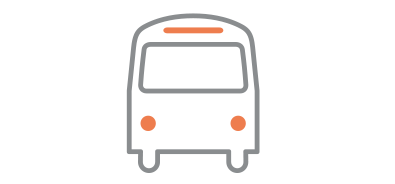
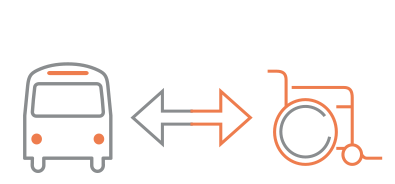
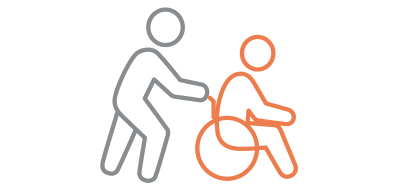
Scooters
Aids for transfers
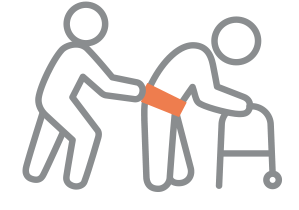

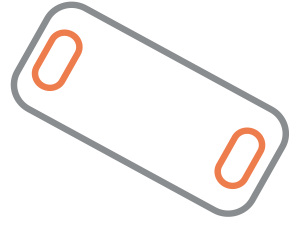
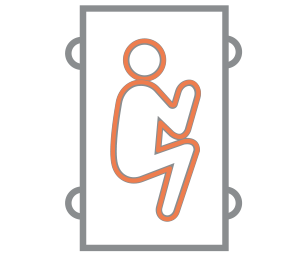
Types of patient lifts and seat-lift recliner chairs
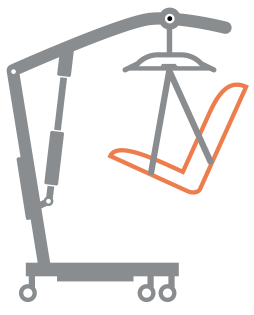


If you would like more information on lifts that require installation visit our home modification guide.
Learn more
My ALS Decision Tool™
ALS Learning Series
My ALS Communication Passport to Quality Care
Support Groups
Theses resources are made possible by a generous donation from the Gilbert & Jacqueline Fern Foundation and other donors to the Foundation.
Sign up for News and Updates
Get helpful resources and updates from the Les Turner ALS Foundation delivered straight to your inbox. You’ll receive information on additional decision tools to help you understand your treatment options and make the decision that's right for you, plus information on upcoming events, ALS research, clinical trials, and more.


